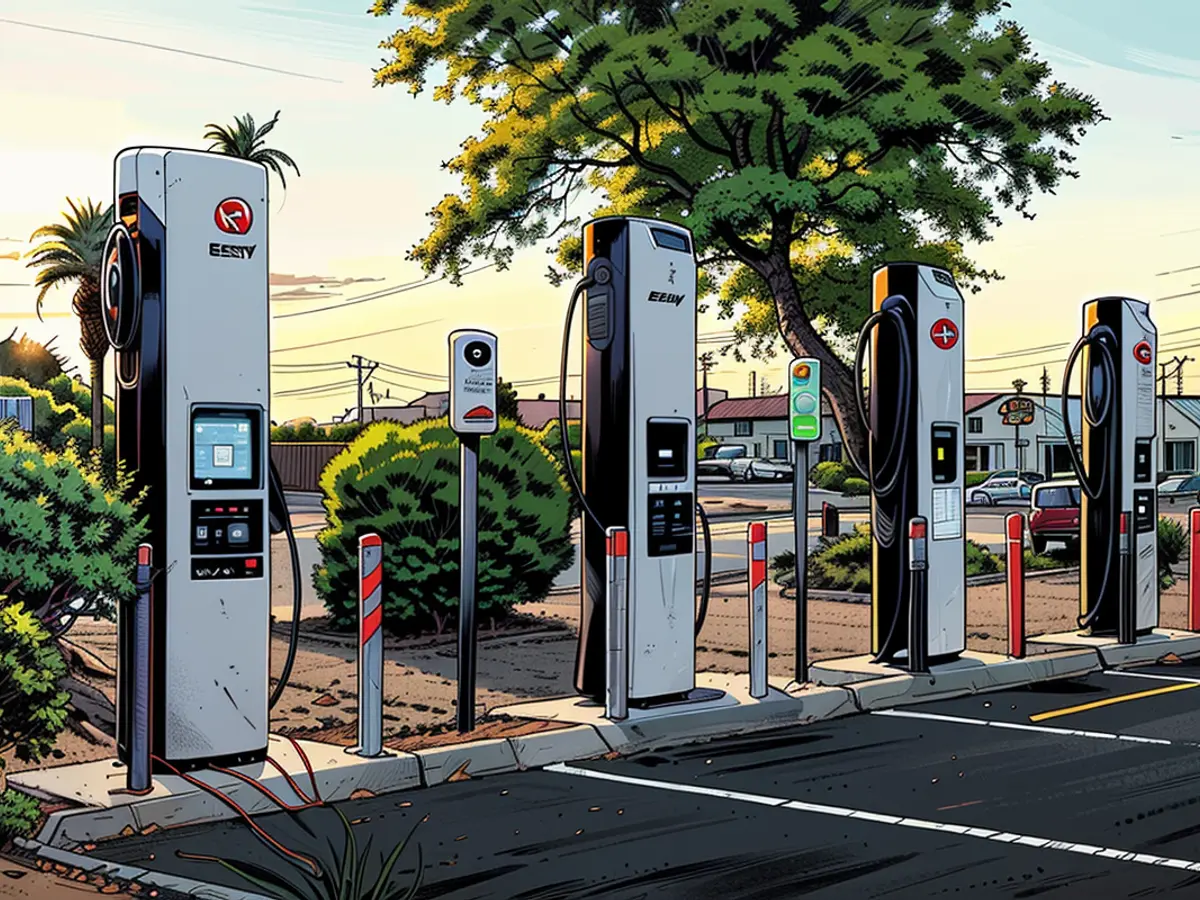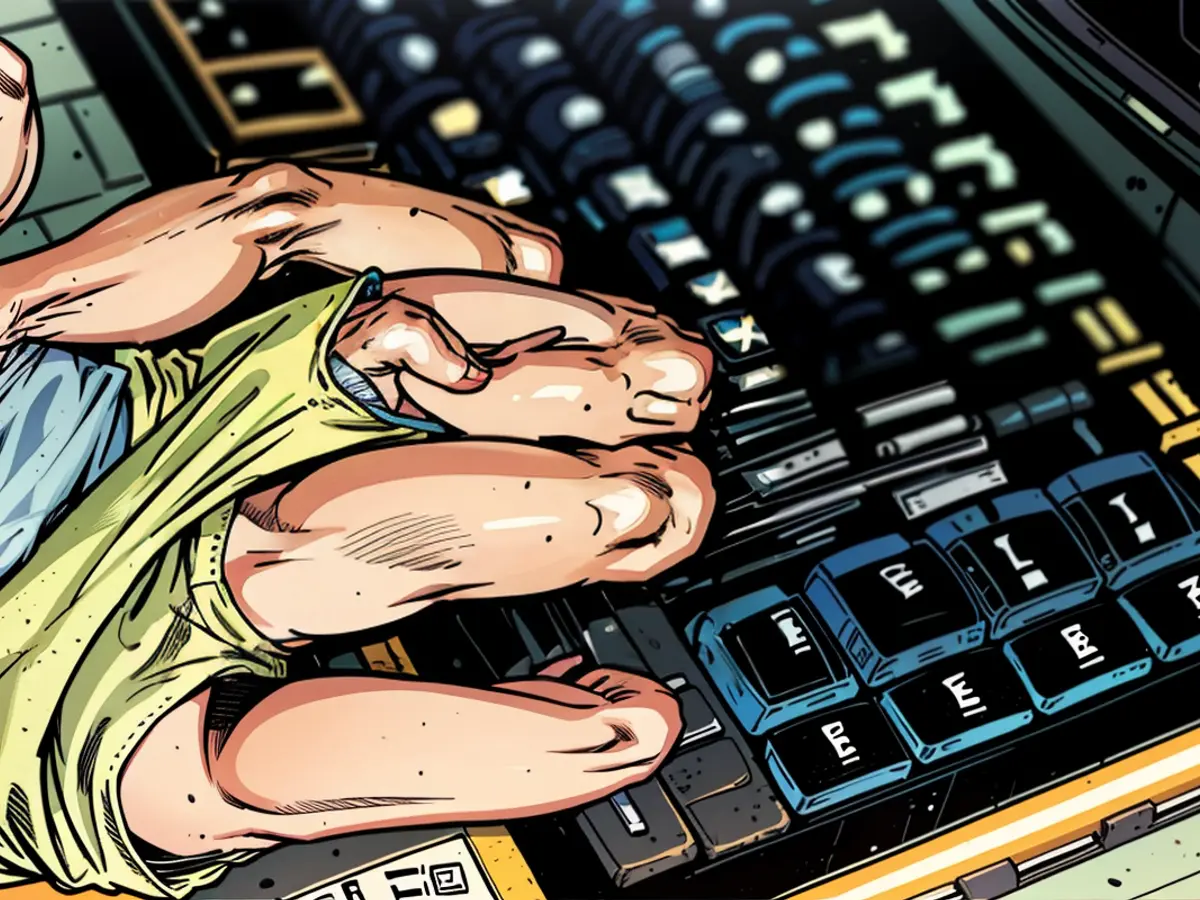What it means to have a ‘Black job’ in America
On social media, typically accompanied by the #blackjob or #blackjobs hashtags, people (including celebrities) shared their “Black job,” pushing back on perceived racial stereotypes and xenophobic rhetoric.
Trump later clarified, during his interview at the National Association of Black Journalists, that “Black jobs” applies to all jobs held by Black Americans and others, and that he was raising the alarm on potential employment risks.
Still, the discussion comes as Black workers have made significantly positive — and, in many cases, historic — employment advancements. They’re also occurring at a point when the labor market appears to be at an inflection point.
“This is the greatest economy that we’ve seen for Black people in our lifetimes and, arguably, ever, but there are still significant inequalities,” said Algernon Austin, director for race and economic justice at the Center for Economic and Policy Research. “Unemployment rates are very low, employment rates are high, wages are high, income is high, poverty is low, wealth is high. Those are great, but all those measures still have significant racial gaps and a lot of work that needs to be done.”
What the data shows
In February, the employment-to-population ratio for Black prime-aged workers (25 to 54 years of age) matched an all-time high of 78.6% that was set in April 2020, according to Bureau of Labor Statistics data. In July, that rate was 77.9%.
By comparison, the national prime-age employment ratio was 80.9% in July, BLS data shows.
When zooming out more broadly, the overall employment-to-population ratio for Black workers 16 and older was 59.2% in July, remaining near a 20-year high.
“So, to suggest that immigration is lowering the black employment rate is just not bearing out, based on this superficial look at the facts,” Algernon said. “But also, there’s been a lot of economic research and analysis on this, and there is no good evidence of this.”
In April of last year, the unemployment rate for Black workers fell to an all-time low of 4.8%. It’s since moved higher, and itheld steady in July at 6.3%. That’s aroundwhere it was in January 2020, before the onset of the Covid-19 pandemic.
Earlier this year, the labor force participation rate (the percentage of the working-age population that’s actively engaged in the workforce, either by working or by looking for a job) for Black workers 16 and older hit 64%, a 16-year high. As of July, that rate was 63.2%.
Comparatively, the overall labor force participation rate (sitting at 62.7% in July) has yet to reach its pre-pandemic level. The overall rate has been largely on the decline since 2000, when it hit a high of 67.3%. It’s remained below pre-pandemic levels mostly dueto demographic shifts including Baby Boomers reaching retirement age, pandemic-accelerated early retirements, Covid deaths and workers staying home because of long Covid or for caregiving purposes.
As such, the prime-working-age rate has been more telling of the labor force participation in this post-pandemic economy. In July, that overall rate hit a 24-year high of 84%. For Black workers in that 25-to-54 age range, the rate was 82.7%, sitting just shy of the record 82.8% hit this March.
Occupational segregation
The data paints an incredibly favorable employment landscape for Black workers; however, many disparities continue to persist, said Valerie Wilson, a labor economist and director of the Economic Policy Institute’s EPI Action advocacy nonprofit.
The pandemic recovery and economic expansion since has resulted in wage gains for many workers, and that has included Black workers, she noted.
“Even at historic lows, Black Americans still have a higher unemployment rate than any other racial or ethnic group that is recorded in the BLS statistics each month,” Wilson said. “We talk a lot about the 2-to-1 ratio between Black and White unemployment (the Black unemployment rate typically is twice the White unemployment rate), so, the progress has been marginal in terms of that disparity.”
In July, the unemployment rate for White workers was 3.8% (versus 6.3% for Black workers).
“In recent years, that last two years or so, we’ve seen that (Black-White wage gap) is trending down,” she said. “But even with that narrowing of the gap, it is by no means gone.”
Another key disparity that persists is the issue of occupational segregation: Many jobs are still disproportionately held by Black or Hispanic workers, Julia Pollak, chief economist with ZipRecruiter, told CNN via email.
“For example, according to BLS data, Black workers are just 12.8% of all employed Americans, but 48.4% of postal service workers, 38.1% of nurse assistants, and 36.1% of security guards,” Pollak said. “Similarly, Hispanic workers are just 18.8% of employed Americans, but 74.3% of drywall installers, 63.1% of roofers, and 61.1% of carpet installers.”
CNN’s Bryan Mena contributed to this article.
The ongoing discussion about employment opportunities for Black Americans highlights the significant strides made in recent years. In fact, the employment-to-population ratio for Black prime-aged workers reached an all-time high of 78.6% in February and remained near that level in July. However, occupational segregation remains a persistent issue, with Black and Hispanic workers disproportionately represented in certain jobs, such as postal service work and security services.








